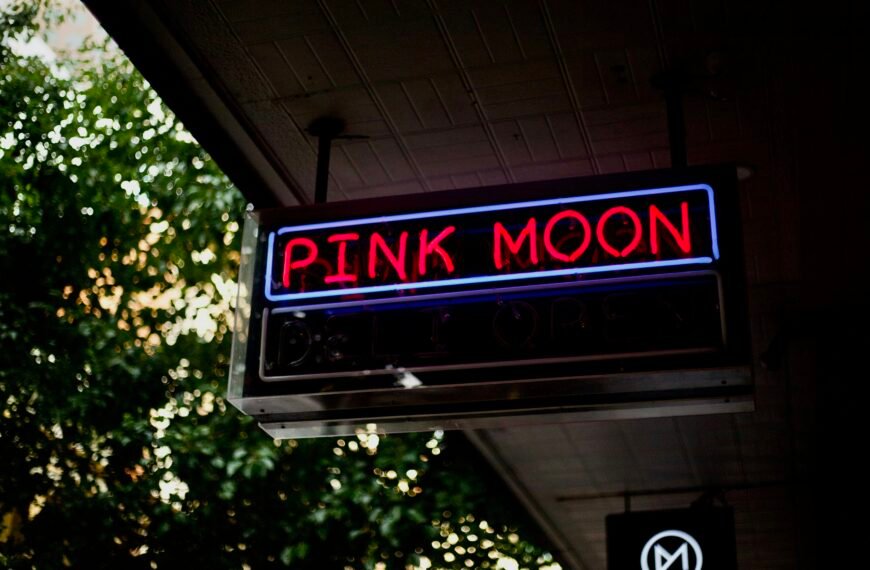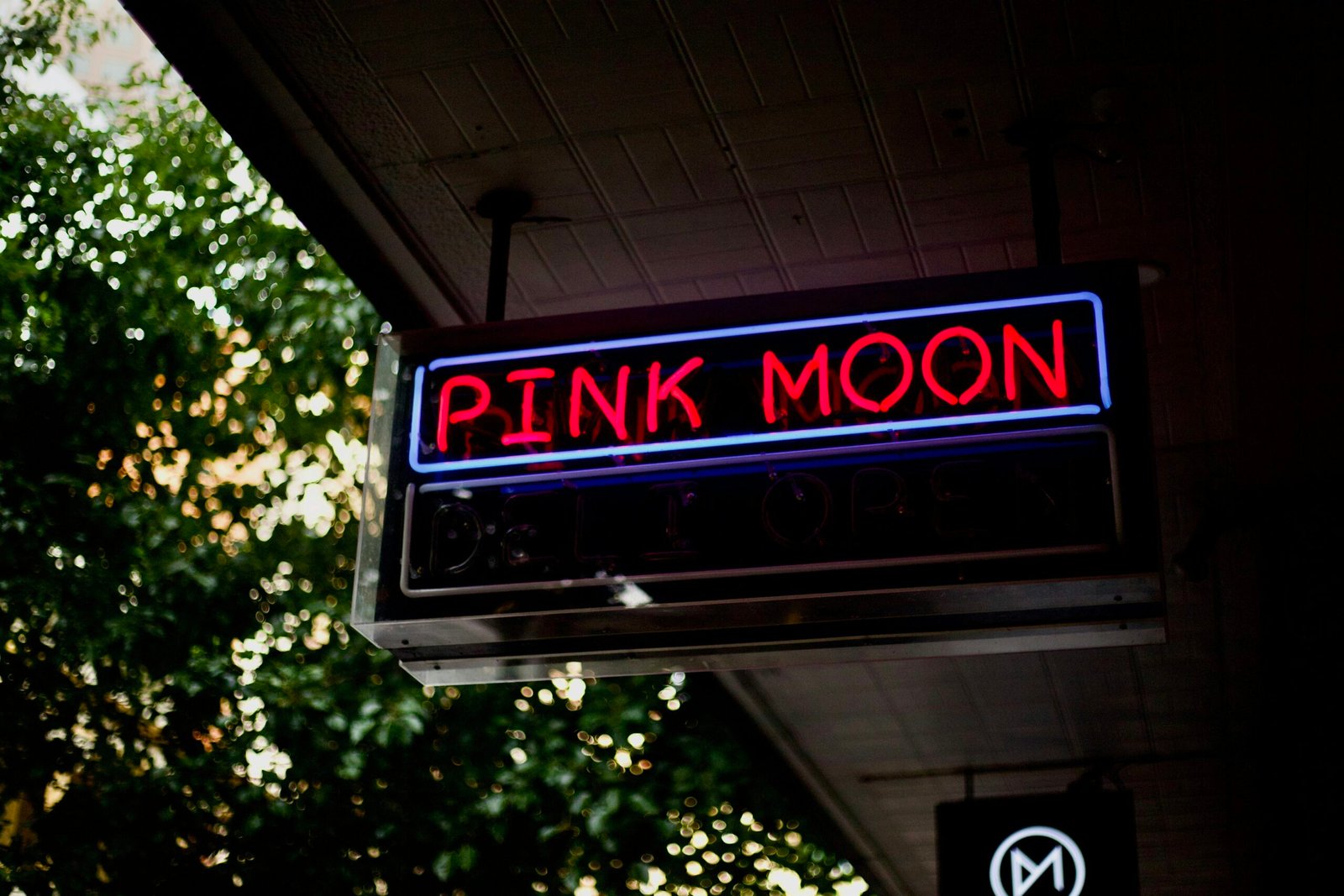Step into the world of Josephine Baker: an iconic figure whose influence still resonates today. From her captivating performances in 1920s Paris to her recognition as an Art Deco icon, Baker’s life and work have left an indelible mark on the cultural landscape. In a new exhibition titled “Josephine Baker: Icon in Motion,” held at the Neue Nationalgalerie in Berlin, visitors are invited to explore the multidimensional facets of Baker’s artistry and activism. Curated by Klaus Biesenbach in collaboration with Kandis Williams, Terri Francis, and Mona Horncastle, this immersive showcase celebrates Baker’s legacy through a collection of vivid images and fascinating reinterpretations. From her elaborate costumes to her transformative dance moves, the exhibition offers a unique perspective on the enduring impact of Josephine Baker.
![]()
Josephine Baker: Icon in Motion
Josephine Baker, the iconic performer and activist, continues to captivate audiences with her evocative dance style, fashion influence, and commitment to social change. Emerging in Paris in the 1920s, Baker quickly became a sensation, headlining the renowned “La Revue Nègre” and leaving a lasting impact on the city’s cultural scene. Her unique dance style, a blend of athleticism and sensuality, set her apart from other artists of the time and continues to inspire dancers today. In addition to her contributions to the performing arts, Baker also made a significant impact on fashion, particularly during the Art Deco era. Her extravagant outfits and accessories, including her famous banana skirt, became iconic symbols of her stage persona. Baker was bestowed with various names and epithets throughout her career, each carrying its own meaning and significance. She received recognition and honors for her contributions, including induction into France’s Panthéon and a tribute from Beyoncé during her “Renaissance” tour. The recent exhibition, “Josephine Baker: Icon in Motion,” celebrates her life and work, providing a comprehensive view of her artistry and activism. Curated by Klaus Biesenbach, Kandis Williams, Terri Francis, and Mona Horncastle, the exhibition explores multiple interpretations of Baker’s legacy. Through familiar images of Baker during her heyday and examples of her influence on high fashion, the exhibition showcases the enduring impact of Josephine Baker.
Emergence of Josephine Baker in Paris
Josephine Baker’s emergence in Paris marked a turning point in her career. In 1925, at the age of 19, she headlined the groundbreaking show “La Revue Nègre” at the prestigious Théâtre des Champs-Élysées. This show, featuring an all-Black cast, introduced Baker to the Parisian scene and catapulted her into stardom. The French graphic designer, Paul Colin, famously described her unique stage presence, noting that he had never seen anyone move like her. Her performances were described as a combination of a kangaroo and a prizefighter, a testament to her athleticism and charisma. The reception in Paris was overwhelmingly positive, and Baker’s impact on the cultural landscape of the city was profound.
![]()
Baker’s Unique Dance Style
One of Josephine Baker’s defining characteristics as a performer was her unique dance style. Described as a mix of athleticism and sensuality, Baker’s movements captivated audiences and set her apart from other artists of the time. She incorporated elements of jazz, African dance, and Charleston into her performances, creating a fusion of styles that was both innovative and mesmerizing. Baker’s ability to combine grace and power on stage made her a true pioneer in the world of dance. Her influence can still be felt today, as dancers continue to draw inspiration from her captivating performances.
Baker’s Impact on Fashion
Beyond her contributions to the performing arts, Josephine Baker made a significant impact on the world of fashion. During the Art Deco era, Baker’s extravagant outfits and accessories became synonymous with her stage persona. She was known for wearing anklets made of feathers, vests adorned with crystals and pearls, and bikinis embellished with hornlike protrusions. However, her most famous fashion statement was undoubtedly her banana skirt, a skirt made of jewel-encrusted bananas that bounced and twinkled as she danced the Charleston. This iconic garment and her overall fashion sense influenced high fashion during the 1920s and beyond. Black-and-white glamour photographs by renowned photographers of the time showcased Baker’s unique style and further solidified her status as a fashion icon.
![]()
Baker’s Various Names and Epithets
Throughout her career, Josephine Baker was given various names and epithets that reflected different aspects of her persona. These names and titles held immense significance and shaped the way she was perceived by the public. During her time in Paris, she was referred to as the “Black Venus,” the “Black Pearl,” and the “Creole Goddess.” Each of these names highlighted different aspects of Baker’s identity, emphasizing her beauty, allure, and cultural background. By embodying these various names, Baker challenged societal norms and paved the way for other Black performers to claim their own identities. Her legacy as a trailblazer in the entertainment industry is deeply intertwined with the names she was given and the power she derived from them.
Recognition and Honors for Baker
Josephine Baker’s immense contributions to the arts and activism did not go unnoticed. In 2021, she was posthumously inducted into France’s Panthéon, a prestigious honor reserved for individuals who have made significant contributions to French society. This recognition solidified Baker’s status as an enduring cultural icon and celebrated her enduring legacy. Furthermore, Baker’s impact extends to the present day, with contemporary artists paying tribute to her influence. Beyoncé, one of the biggest stars of our time, honored Baker during her “Renaissance” tour, highlighting the ongoing relevance and inspiration that can be drawn from Baker’s life and work. These recognitions and honors continue to ensure that Baker’s legacy remains alive and celebrated.
The Exhibition: ‘Josephine Baker: Icon in Motion’
The recent exhibition, “Josephine Baker: Icon in Motion,” provides a comprehensive view of Baker’s life and work. Curated by Klaus Biesenbach, Kandis Williams, Terri Francis, and Mona Horncastle, the exhibition explores the multi-faceted aspects of Baker’s legacy. It showcases familiar images of Baker during her Paris heyday, captivating audiences with her dynamic performances and iconic fashion choices. The exhibition aims to present Baker not just as an object of entertainment, but as an artist and an activist. By highlighting her contributions to the arts and her commitment to social change, the exhibition seeks to offer a deeper understanding of Baker’s impact on the cultural landscape of the 20th century and beyond. “Josephine Baker: Icon in Motion” is a must-see for anyone interested in the intersection of art, entertainment, and activism.
Curators of the Exhibition
The exhibition “Josephine Baker: Icon in Motion” was curated by a team of experts, each bringing their unique perspective and expertise to the project. Klaus Biesenbach, the museum’s director and a renowned curator, has previously worked at MoMA and the Los Angeles County Museum of Art. His experience in curating exhibitions of contemporary art adds a contemporary lens to the presentation of Baker’s legacy. Kandis Williams, an artist herself, brings a creative and alternative perspective to the curation process. Her work often explores themes of identity and representation, making her an ideal curator for a show centered around Baker. Terri Francis, a scholar specializing in African American cinema, offers a scholarly and analytical approach to understanding Baker’s impact. Finally, Mona Horncastle, a curator with experience in museum curation and exhibition design, contributes her expertise in presenting the exhibition in a visually compelling and engaging manner. Together, the curators provide a comprehensive and multi-dimensional view of Baker’s life and work.
Interpretations of Baker’s Life and Work
The exhibition “Josephine Baker: Icon in Motion” encourages multiple interpretations of Baker’s life and work. Recognizing that Baker’s legacy is complex and multi-faceted, the curators aim to present a nuanced understanding of her contributions. Through the exploration of Baker’s artistry and activism, visitors are invited to engage with different aspects of her persona. The importance of multiple interpretations lies in capturing the richness and depth of Baker’s legacy. By considering the various roles she occupied, from performer to activist, Baker’s impact on the cultural and social landscape becomes even more profound. This approach ensures that her legacy will continue to inspire and challenge future generations.
Familiar Images of Baker During Her Heyday
The exhibition “Josephine Baker: Icon in Motion” features familiar images of Baker during her heyday in Paris. These photographs capture the essence of Baker’s performances and showcase her unique fashion sense. Black-and-white glamour shots by prominent photographers of the 1920s highlight Baker’s influence on high fashion and emphasize her status as a style icon. The images display her wearing anklets made of feathers, elaborate vests adorned with crystals and pearls, and bikinis featuring hornlike protrusions. However, it is the infamous skirt of jewel-encrusted bananas that truly epitomizes Baker’s iconic stage presence. These photographs serve as a visual testament to Baker’s enduring impact on the world of fashion and entertainment.
Baker’s Influence on High Fashion
Josephine Baker’s influence on high fashion cannot be overstated. Her extravagant outfits and unique fashion choices continue to inspire designers and artists today. During the Art Deco era, Baker’s style became emblematic of the period’s glamour and excess. Her ability to push boundaries and challenge societal norms resonated with the fashion world, resulting in her garments becoming highly sought after. The exhibition “Josephine Baker: Icon in Motion” showcases examples of Baker’s influence on high fashion through the display of photographs and fashion pieces inspired by her iconic style. By presenting these examples, the exhibition highlights the enduring legacy of Baker’s fashion influence and her status as a timeless fashion icon.
In conclusion, Josephine Baker remains an icon in motion, captivating audiences with her unique dance style, fashion influence, and commitment to social change. Her emergence in Paris marked the beginning of a legendary career that continues to inspire artists and activists today. Baker’s impact on fashion and the performing arts cannot be overstated, as she challenged societal norms and paved the way for future generations of performers. The recent exhibition, “Josephine Baker: Icon in Motion,” celebrates her life and work, offering a comprehensive view of her legacy. Through familiar images, interpretations of her life and work, and examples of her influence on high fashion, the exhibition showcases the enduring impact of Josephine Baker. Her contributions to the arts and activism continue to resonate, ensuring that her legacy will live on for generations to come.







